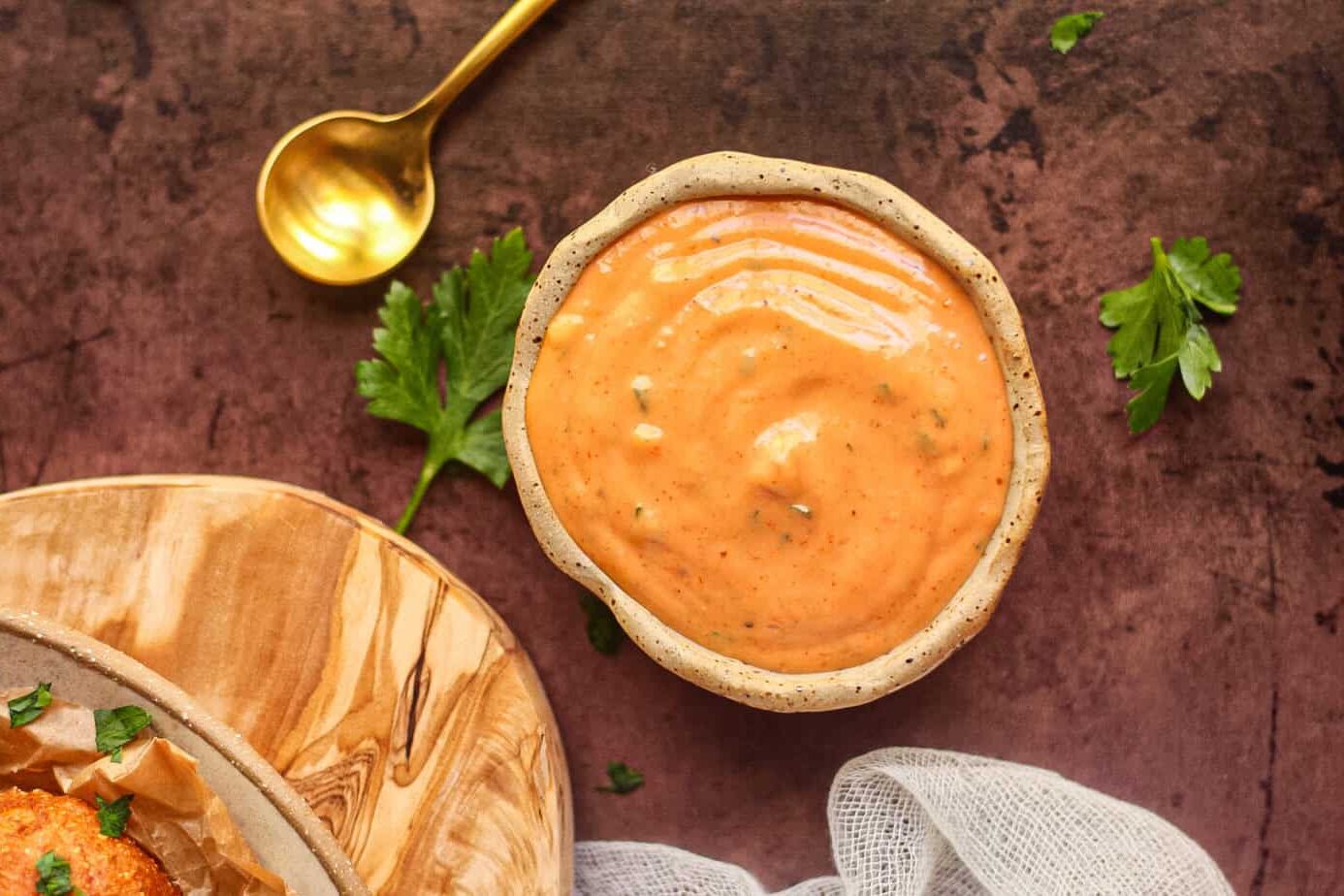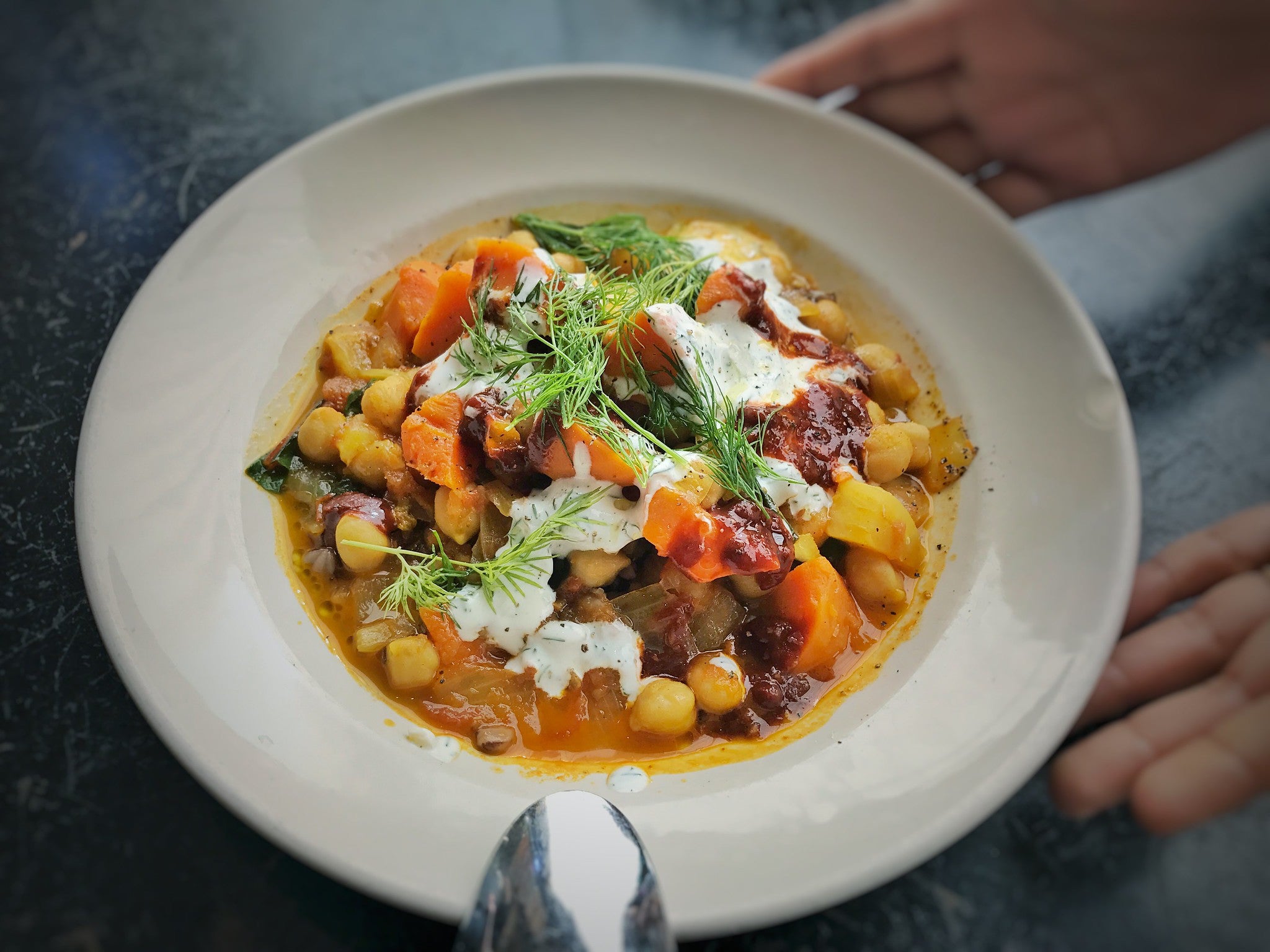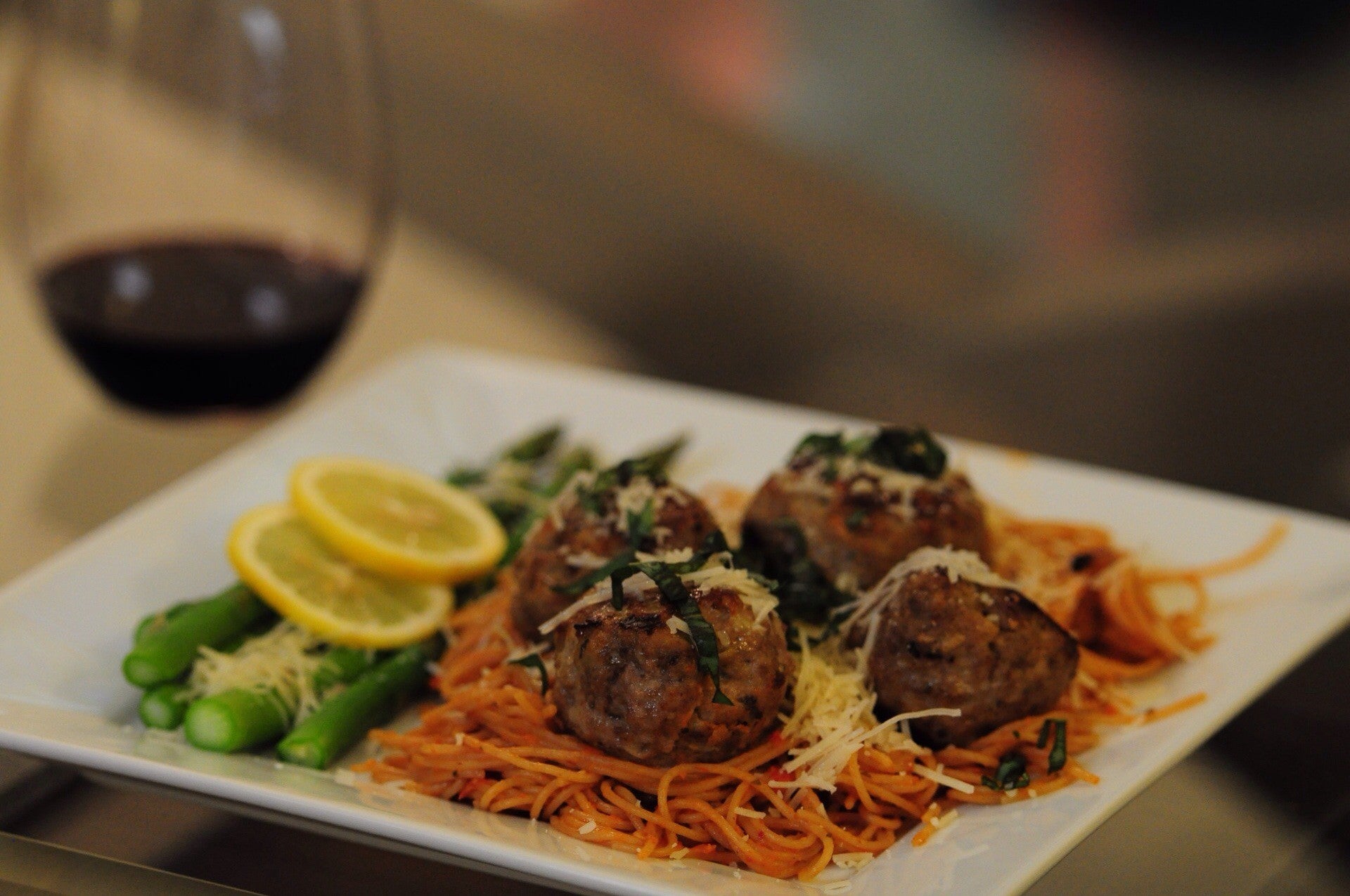Ketchup may seem like the all-American condiment, but its roots are in 16th century Asia. Larry Meiller learns how that condiment made it to our shores. He’ll also find out about many variations, how to make them from scratch and what to serve them with.
Featured in this Show
-
Culinary Expert: Ketchup Comes In Every Color, Flavor Imaginable
Many people think of ketchup as an All-American tomato-based condiment.
But according to chef Terri Milligan, ketchup actually comes from a far-away continent – and what’s more, it comes in many different varieties, some of which don’t have any tomatoes whatsoever.
Milligan is a culinary instructor and writer, as well as the former owner and executive chef of the Inn at Kristofer’s in Sister Bay. She recently wrote an article on ketchups for the Milwaukee Journal Sentinel.
Milligan said ketchup actually originated in China, and was much more like the Vietnamese and Thai sauces that people know today as nouc mam and nam pla, respectively. The fish component — often anchovies — added salt to keep the sauces from spoiling, helping with long-term storage. Milligan said that Chinese sailors called the sauce “ke-tsiap,” forming the etymological root of the modern-day American condiment.
British and Dutch sailors encountered the sauce in the 18th Century and brought it back to Europe with them. The traditional fish base was maintained in England, but people there began adding fruits to the sauces as well – eventually resulting in the sweet, tomato-based ketchups familiar to many Americans today.
“It just developed into a different concoction,” Milligan said.
Milligan defines ketchup as a sauce that combines vinegar, sugar, salt, spices and a fruit (tomato or otherwise) that’s cooked down and puréed, “so it’s got that sweet and vinegary flavor all at once.”
In the process of writing the Journal Sentinel article, Milligan came across some great varieties of ketchup. One that she enjoyed a lot was tomato-based, but also included rhubarb. She recommended trying to try to make it “if you’ve got a rhubarb patch, you know you have a lot of rhubarb, and you don’t know what to do with it all.”
Another favorite of hers was a tomatillo and roasted green chile ketchup, which she said worked well on tacos or grilled pork. What’s more, Milligan said that when her friends who got some of the leftovers, they told her that it was as good on French fries as traditional American ketchup is.
Milligan also noted that the acidity of ketchup makes it a good candidate for canning, “which is nice because you can enjoy it throughout year.”
———-
Here is one Milligan’s recipe for a fruity ketchup with a kick, which she said is a great complement to everything from sweet potato fries to grilled chicken and salmon:
Blueberry Chipotle Lime Ketchup
Makes 2 cups.
- 1 TBSP extra-virgin olive oil
- ¼ cup finely chopped white or yellow onion
- 3 ½ cups fresh blueberries
- 3 TBSP chopped canned chipotle chilies in adobe sauce (about 2 chilies)
- Zest and juice from one lime
- 1 TBSP finely chopped peeled fresh ginger
- ¼ cup red wine vinegar
- ¼ cup brown sugar
- ¼ TSP salt
Heat the olive oil in a 2-quart dutch oven or heavy saucepot. Add the onion and sauté until the onions are translucent, about 3 minutes. Add all of the remaining ingredients. Bring to a boil. Reduce heat to a simmer. Simmer for 35 to 40 minutes or until the mixture is reduced by one third.
Let mixture cool slightly. Puree the ketchup mixture in a food processor. Store in a container and refrigerate for up to three weeks or place in sterilized jars and process for canning.
Other ketchup recipes by Milligan, including those mentioned above, are available in the Journal Sentinel article.
Episode Credits
- Larry Meiller Host
- Judith Siers-Poisson Producer
- Chef Terri Milligan Guest
Wisconsin Public Radio, © Copyright 2024, Board of Regents of the University of Wisconsin System and Wisconsin Educational Communications Board.





